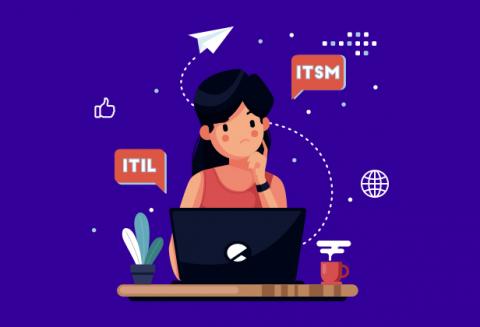What is a Self-Service Portal?
Providing support to customers has a cost to the company; it doesn’t matter whether the support is for internal or external users. When we talk of serving internal customers, ITSM obviously comes into the picture. ITSM is an important IT investment that has a direct bearing on the quality of an organization’s IT services, but has a significant cost attached to it. The cost aspect of an ITSM solution can be managed using a self-service portal. Want to know how?










